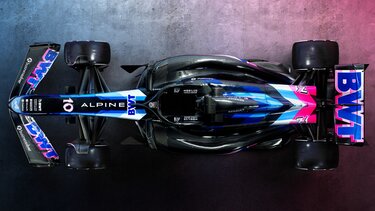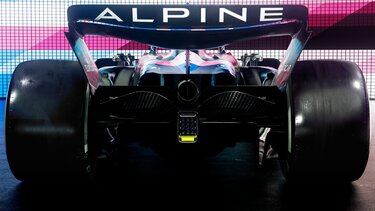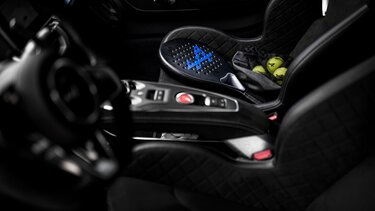The unique challenge of Singapore
16.09.2024
In comparison to the other 23 races on this year’s Formula 1 calendar, the Singapore Grand Prix stands out as the toughest by far. The city’s equatorial climate pushes temperatures to extreme levels, while the stifling humidity makes it exceptionally uncomfortable for the drivers. With the race often running the full two-hour time limit, a driver’s physical fitness is tested to its limits.
Fortunately, the heat is somewhat mitigated, as the on-track action takes place after sunset. But with an average ambient of 35°C, cockpit temperatures can still soar as high as 60°C. Coupled with 80 per cent humidity, both Esteban and Pierre could lose up to 3kg each in sweat during the race.
It’s essential that drivers acclimatise to these harsh conditions, as there is very little to cool them while navigating the 4.94km Marina Bay circuit at high speed. To combat this, ice baths are prepared after each session to bring down their core temperatures.
Taking on fluids, though necessary, is not as refreshing as it may seem. The mixture of electrolytes and water heat up inside the car, making it akin to drinking hot tea. Nevertheless, staying topped-up is critical, as dehydration can impair concentration.
When the Marina Bay circuit debuted on the calendar in 2008, it was the first time the sport had competed under floodlights. As the original night race in Formula 1, significant preparation is required to light up the city’s streets for after-sunset racing. Nearly 1,500 lighting projectors are used, providing 3,000 lux of light intensity — four times brighter than the lighting in a typical football stadium.
The floodlights are mounted on pylons spaced approximately 30 metres apart, ensuring an even spread of light across the entire circuit — they are also specially angled to prevent glare when the track is wet. Tropical downpours are common in the region and in 2022, the race was delayed by over an hour as a storm swept across the island.
Singapore is also one of the most popular races for fans to attend, thanks in a large part to the city’s highly-efficient underground metro system. Although this has presented a unique challenge for the teams in the past. As the trains navigate Singapore’s subterranean tunnels, the high levels of electromagnetic interference may have possibly caused technical glitches in the cars running above ground…
During the day, visitors to the Lion City can immerse themselves in its rich history before the racing action begins. Fort Canning Park is home to the colonial-era Raffles House, while the circuit itself races over the 114-year-old Anderson Bridge next to the historic Singapore Cricket Club. These landmarks offer a glimpse into Singapore’s past as a former British trading port.
At the same time, the city’s modern skyline, featuring the iconic Marina Bay Sands and the towering Singapore Flyer, provide a striking contrast. Nearby, culturally vibrant districts such as Chinatown and Little India celebrate Singapore’s diversity, adding depth to its unique character.







































